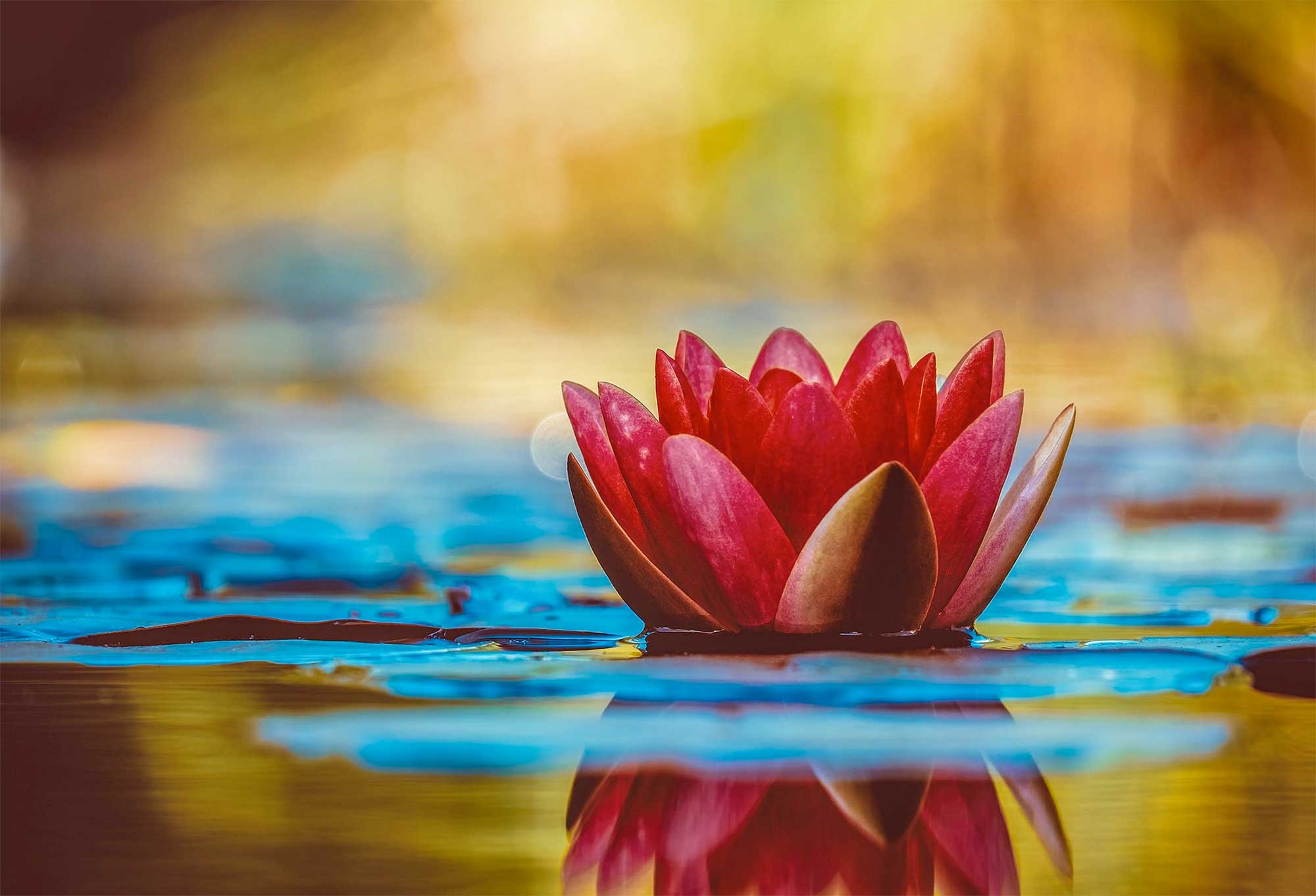The Importance of Carbonate Hardness (KH) in your Koi Pond
The most overlooked, yet most important water parameter of your Koi Pond is KH. KH is the measure of the Carbonate Hardness in your pond. Carbonate Hardness is simply the amount of Calcium Carbonate in our ponds.
Ammonia, nitrite and nitrates as well as pH are important and they are the things usually measured. But why is Calcium Carbonate (KH) important?
The Carbonate Hardness affects:
The alkalinity of the pond. This has a stabilising effect on the pH.
The bacterial species responsible for ammonia conversion are referred to as the Nitrifying Bacteria. These bacterial species found in nature are chemolithotrophic autotrophs. They oxidize ammonia and nitrite to nitrate. They require oxygen and alkalinity for the process. They get their energy by the oxidation of the nitrogen compounds – ammonia.
Alkalinity is a measure of the buffering capacity of a pond. A stable pH is good for the koi and the filter.
For every gram of ammonia-nitrogen reduced to nitrate-nitrogen – 7.05 grams of alkalinity is consumed. The bacteria in your filter are literally chemically changing the ammonia to nitrite to nitrate but this action needs oxygen AND alkalinity.
Nitrifying bacteria grow everywhere and are affected by the alkalinity of the pond water simply because they function efficiently between pH 7.8 – 8.2. Nitrification stops to function at low pH – anything below pH 7 and the functioning of the filter bacteria becomes less and less to the point where they cease working.
No Calcium Carbonate means NO BIOLOGICAL FILTRATION. We know what will happen to the water without Biological Filtration and lots of koi – your water quality will quickly become polluted and toxic for your fish resulting in disease and death.
How does this work?
The ammonia in the pond comes from the nitrogen in the food we feed koi (after digestion they excrete ammonia) and the decomposition of organic material.
The koi breath in oxygen and breath out carbon dioxide – this is acidic.
We add oxygen all the time to compensate for the oxygen that the koi consume and the filter uses. But have we considered that Alkalinity in a pond is naturally decreased, over time.
Nitrification is an acid-forming process. The bacteria doing the work for us produce acidic compounds. This will gradually lower the pH of your pond.
Rain is becoming more acidic. A pH of 4.5 was recorded in Krugersdorp from a rain water gauge. Heavy rains will mean a drop in pH of your pond. Borehole water often is not well buffered.
There is a chance that unidentified problems in your pond could be linked to a very low alkalinity level.


Thank you Chris, This is the one very important issue that is often overlooked.
Interesting readup that I did recently on this method of using Formalin to dissolve Praziquantel. The writer (and he was a knowledgeable Fellow claimed that dosing Praziquantel together with formalin does have further benefits dosing each on its own. (similar to formalin and Malachite green has when used together). I am doing some testing as the opportunity arises.